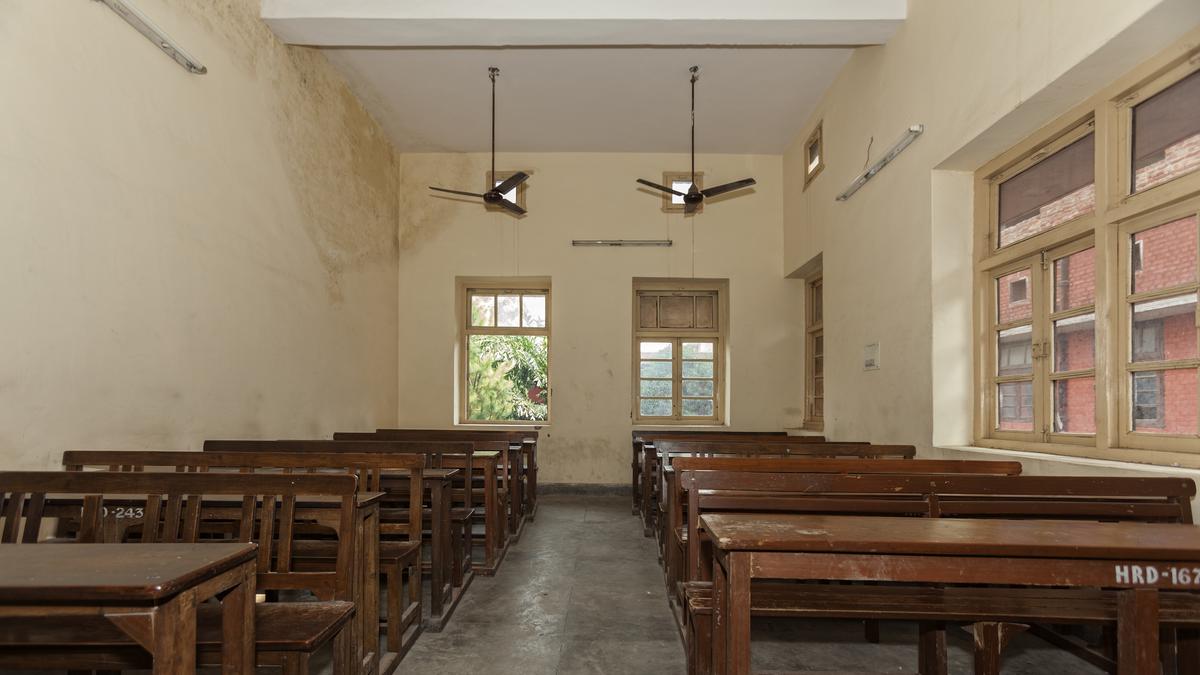Higher education is often seen as an equalizing force, but does it truly serve that purpose in India? This article examines whether higher education remains individually profitable.
In 2017-18, India recorded its highest unemployment rate in decades at 6.1%, which dropped to 3.2% by 2022-23. However, this decline coincides with self-employment accounting for over 50% of the workforce—a trend that does not necessarily reflect a positive labour market impact of education.
Despite rising higher education enrolment, job opportunities remain scarce. Education-based jobs are hard to find, harder to secure, and often impossible to attain, making self-employment a default rather than a choice. This raises a critical question: What is the real value of higher education in India today?
Who does higher education serve?
Higher education in India remains profitable only for a privileged few, primarily those accessing elite institutions where admission hinges more on socio-economic advantage than merit alone. While reserved seats and scholarships offer limited opportunities, their impact is largely symbolic—boosting CSR metrics rather than fostering broad-based equity.
The quality chasm between elite and non-elite institutions entrenches inequality, with top graduates commanding premium wages while others struggle in a saturated job market. If quantified, this disparity would expose stark educational hierarchies and wage differentials, conclusively disproving higher education’s role as an equalizer. Far from leveling the playing field, the system exacerbates divides, rewarding institutional pedigree over individual potential. The result is a self-perpetuating cycle where elite credentials guarantee mobility while the rest face diminishing returns on their degrees.
The harsh reality of India’s higher education system is that over 90% of students attend non-elite institutions, where the promise of upward mobility often collides with the stark reality of underemployment. Once considered a safeguard against joblessness, additional years of education now offer diminishing returns, as both private and public sectors fail to generate sufficient quality opportunities.
The Graduate Skill Index 2025 highlights this decline, with employability rates slipping from 44.3% in 2023 to 42.6% in 2024—a telling sign of the growing mismatch between education and market needs. Caught between subpar institutional quality and a shrinking job market, India’s youth face an impossible choice: pursue higher education and risk underemployment or forgo it and limit their prospects altogether. This crisis of relevance underscores how the system, rather than empowering students, traps them in a cycle of unmet expectations and economic fragility.
Across gender, caste, and religious groups, education is expected to serve as an equalizer. However, despite years of growth in enrolment, disparities in higher education participation among caste groups have persisted. While female enrolment is now surpassing that of males, the sustainability and implications of this trend will become clearer only when the current phase of growth stabilizes.
Moreover, the paradox of rising enrolment alongside employability rates below 50% highlights the consequences of unregulated privatisation in higher education—growth without adequate quality assurance. Unsurprisingly, this crisis impacts the most disadvantaged strata of society the hardest.
It is undeniable that higher education has become prohibitively expensive. Even if one overlooks the exorbitant fees charged by privatized institutions or elite higher education establishments, the cost remains burdensome for the middle class. This is because higher education alone no longer guarantees employment.
Parallel education industry
The growth of India’s parallel education industry, which is largely privatized, is staggering. Technical and non-technical certificate programs have become a necessity to signal employability. Despite the presence of fraudulent schemes, many courses offered by foreign universities and corporate training firms are costly. This places a heavy financial burden on households, often leading to the acquisition of multiple certificates but few, if any, job opportunities. With insufficient job matching and a surplus of qualifications, the qPauestion of whether further education is worthwhile remains unresolved.
If critically examined, it is undeniable that the factors driving returns to education often favour lower levels more than higher education. Yet, it is higher education that faces the most severe consequences of these systemic challenges. The reasons why higher education often appears futile could fill pages. Yet, a major setback also lies in how education itself is presented to the general public. Who listens, after all, when the very purpose of education is missing?
With the increasing privatization of higher education, private administration often comes with minimal government oversight or accreditation. In the absence of quality standards, and in the presence of favouritism or structural and functional inefficiencies, the public is left with no effective mechanism for grievance redressal.
(The author of this outline is a senior research fellow at the Centre for Economic Studies & Policy, Institute for Social & Economic Change)
Published – July 31, 2025 06:08 pm IST
